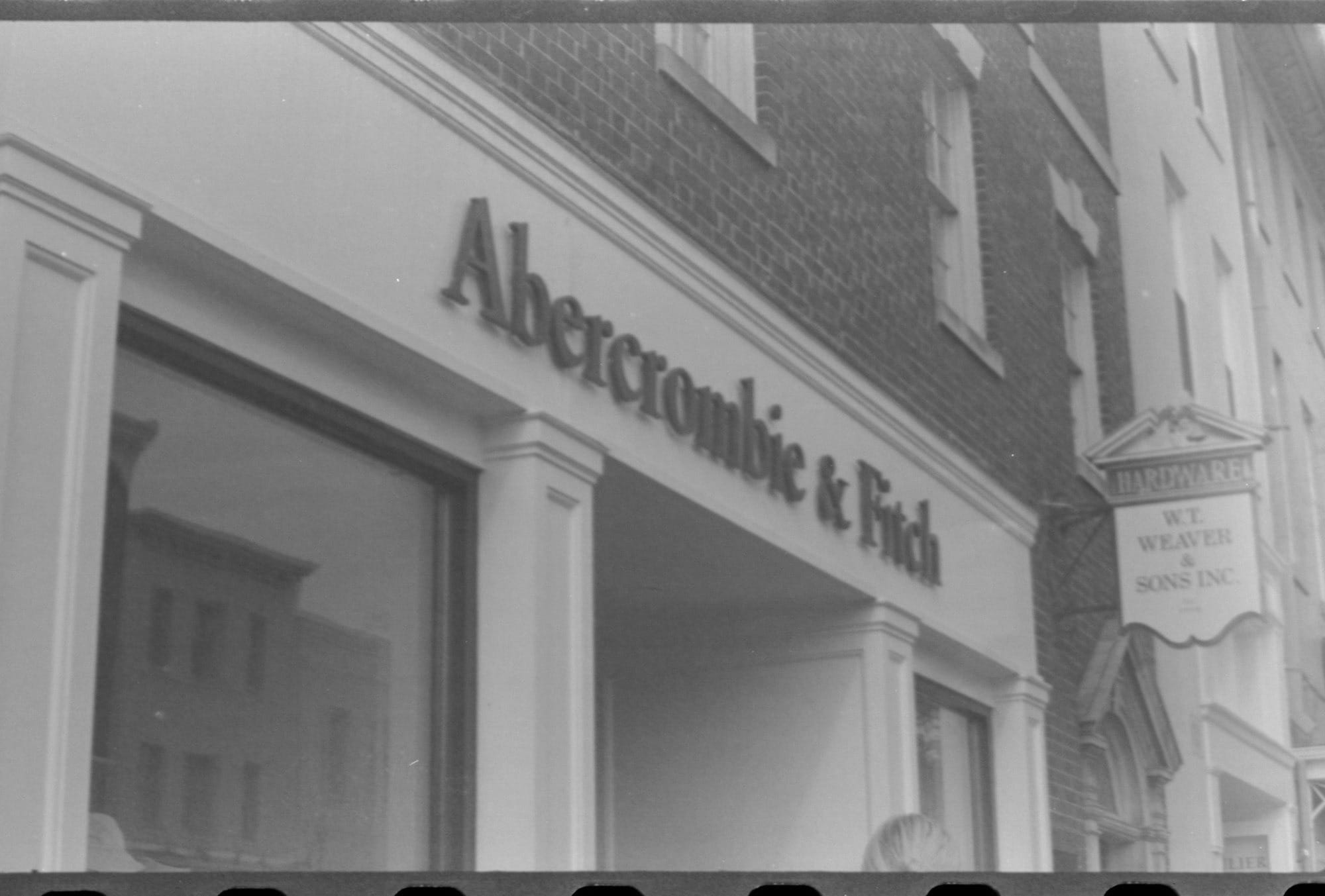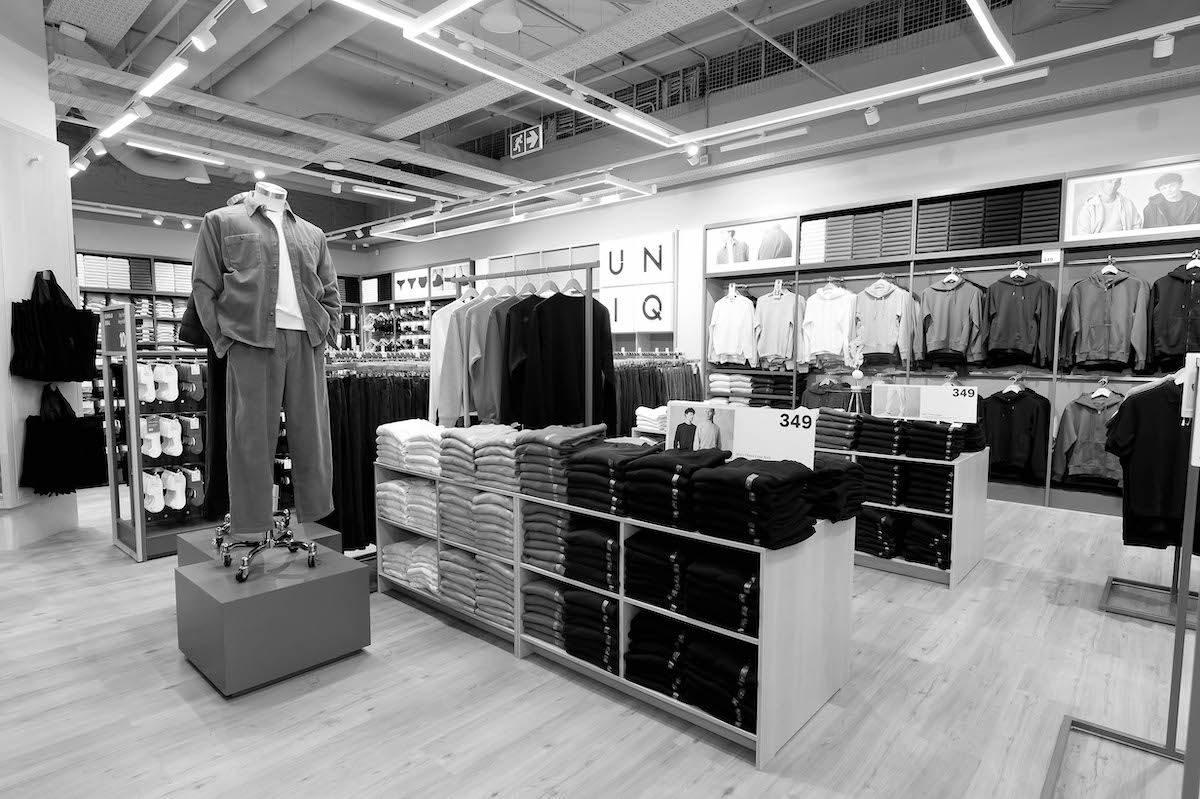How did Abercrombie & Fitch make a comeback?
For brands that are able to think for themselves, there is ample opportunity to serve customers that would truly appreciate the attention.

One of our biggest gripes about South African clothing and apparel retailers that we have is that if you are a middle-aged man and you'd like to dress stylishly in an age-appropriate fashion, you are simply not catered for by the industry.
South African clothing retailers either believe that you want to walk around looking like a billboard (with garish logos festooned all over yourself) or you willingly choose to wear chinos with a puffer jacket in public. Which we obviously would never do.
Sure you can buy Levi's, Patagonia, Carhartt or Uniqlo, but those are all international brands with limited range available locally.
The gap between Gen Z and 'oude doos' is huge.
This isn't a problem that is unique just to South Africa apparently; and it's the gap that Abercrombie & Fitch have identified and filled...with great success.
Here's an insightful case study into how they did it from The Wall Street Journal:
How did they do it?
- They stopped discounting and chasing short-term revenue metrics in favour of building a sustainable brand that would allow then to successfully generate margin from their efforts. Better buying practices and allocations were the key.
- They aligned their fits with their intended customer, This sounds like madness, but clothing fits in South Africa are notoriously shit. We have yet to find a locally designed pair of pants that actually fit nicely, and don't even get us started on shorts.
- The counteracted the tactics of fast fashion with good quality fabrics and detailing that is offered at a higher price point, but allows customers to choose a more sustainable option over the longer-term.
- By purposefully appealing to a slightly older, richer, choice-starved customer (literally the most lucrative, underserved market) they have turned the brand around and the business is enjoying untold financial success.
Clothing retailers love to engage in competitive fights in crowded markets populated by customers that might have great bodies, but with no money of their own to spend on the things their friends tell them that they like. It's what they have always done and nobody questions the logic.
For brands that are able to think for themselves, there is ample opportunity to serve customers that would truly appreciate the attention.
Previously:




